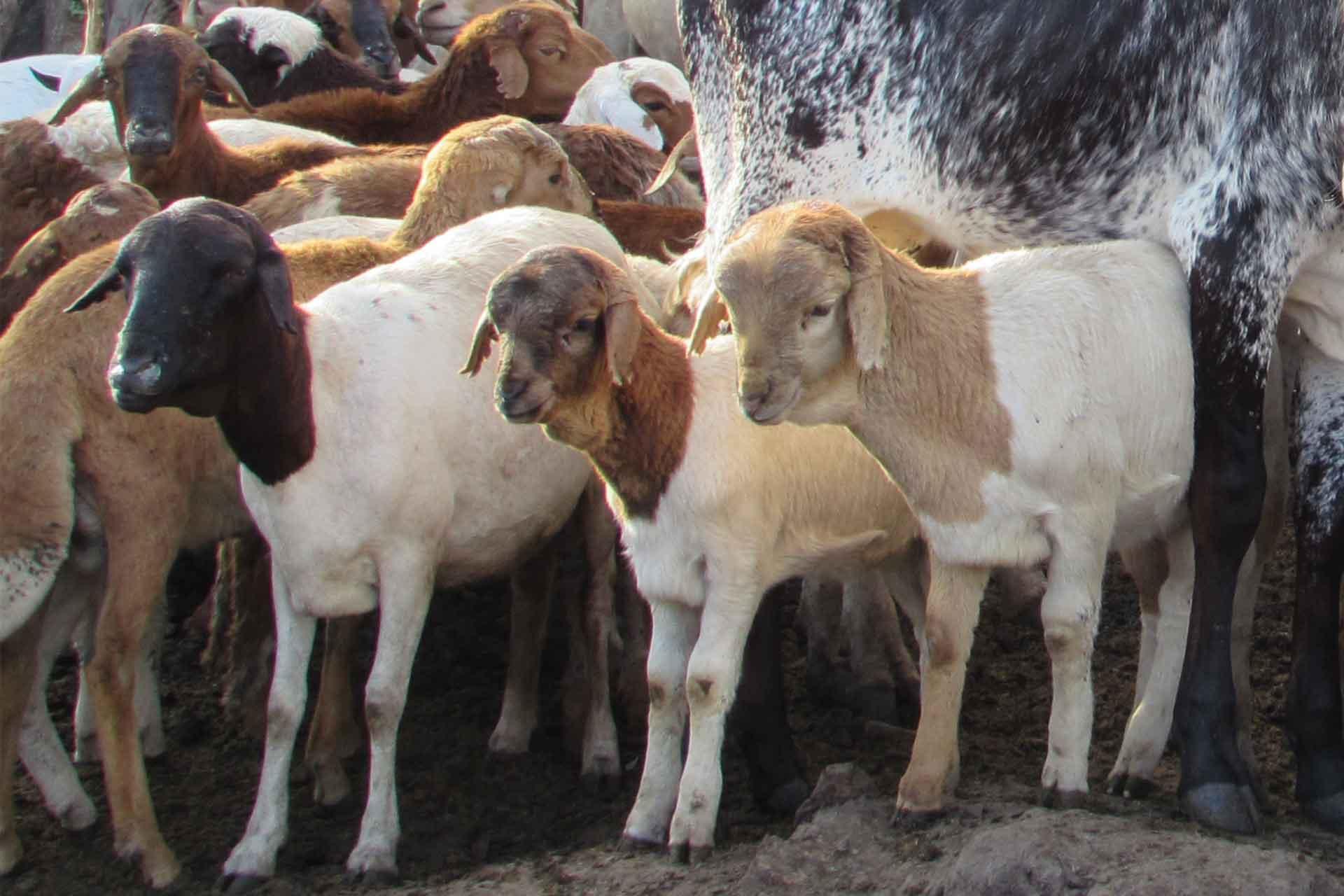An international scientific collaboration, including expert geneticists from The Pirbright Institute, has generated a new goat genome assembly which is the most complete produced for any mammal to date.
By using a combination of techniques in parallel, the approach could revolutionise the process of genome sequencing and assembly for other species and help scientists understand better the relationship between genetics and disease.
A genome is the DNA sequence for the complete set of chromosomes or inheritable traits of an individual organism. The process of sequencing and assembling these is highly complex, time consuming and expensive. The human genome has over 3 billion DNA base pairs for example and it took scientists almost 13 years to generate the assembly.
In this recent study published in Nature Genetics, researchers developed a new, highly accurate approach which they believe could be applied to help make future genome sequencing projects in other species, faster and cheaper.
Professor John Hammond, head of Pirbright’s enhanced host responses programme, said: “The goat was selected for this genome research because of its global importance as a source of income and a provider of protein for millions around the world and especially those in low and middle income countries.
“Previous attempts have been made to sequence the genomes of various livestock species, including those of the goat but these still contained many gaps and errors. Such genomes are incredibly complex and the fragments have to be pieced together like a very complicated jigsaw puzzle.
“To overcome this problem this research team used powerful sequencing technology which enabled much quicker and more efficient processing of the data. We combined this with other `scaffolding` technologies such as the chromatin conformation capture technique (Hi-C) which enabled us to reconstruct the DNA in the nucleus of a cell, and optical mapping which enabled us to observe the long strands of DNA.
“Although these approaches have all been used previously by other scientists, it was their combination that enabled us to develop a far more accurate and complete map than had been achieved before. Information such as this is crucial to support the research at Pirbright into the genetic causes of disease and will help us develop new and improved methods of disease control”.
Professor Hammond and Pirbright colleague Dr. John Schwartz were members of the international research group led by scientists from the National Human Genome Research Institute (NHGRI) and the Cell Wall Biology and Utilization Laboratory, at the United States Department of Agriculture (USDA).
